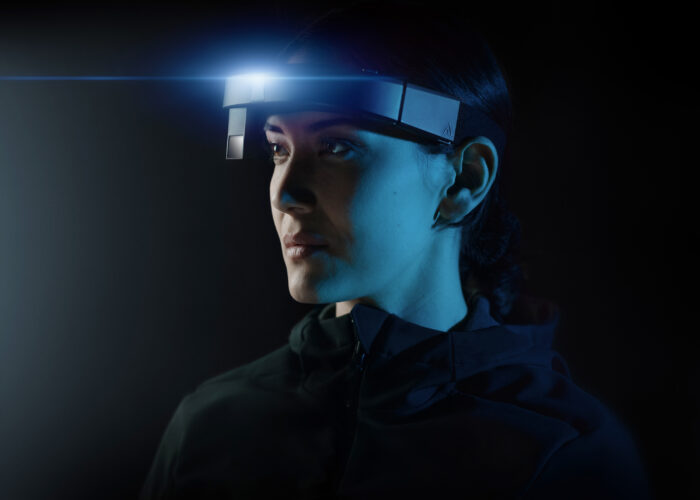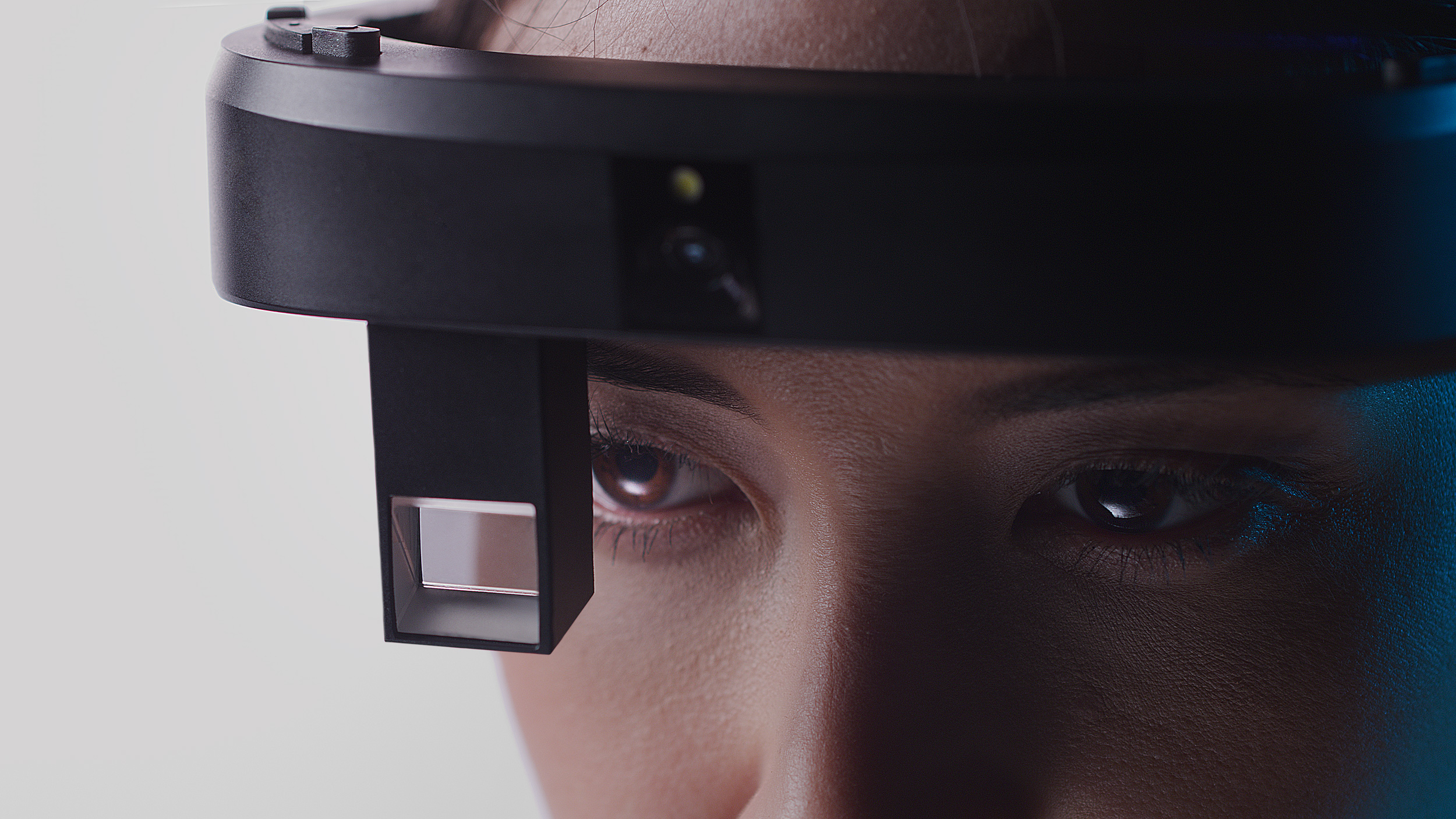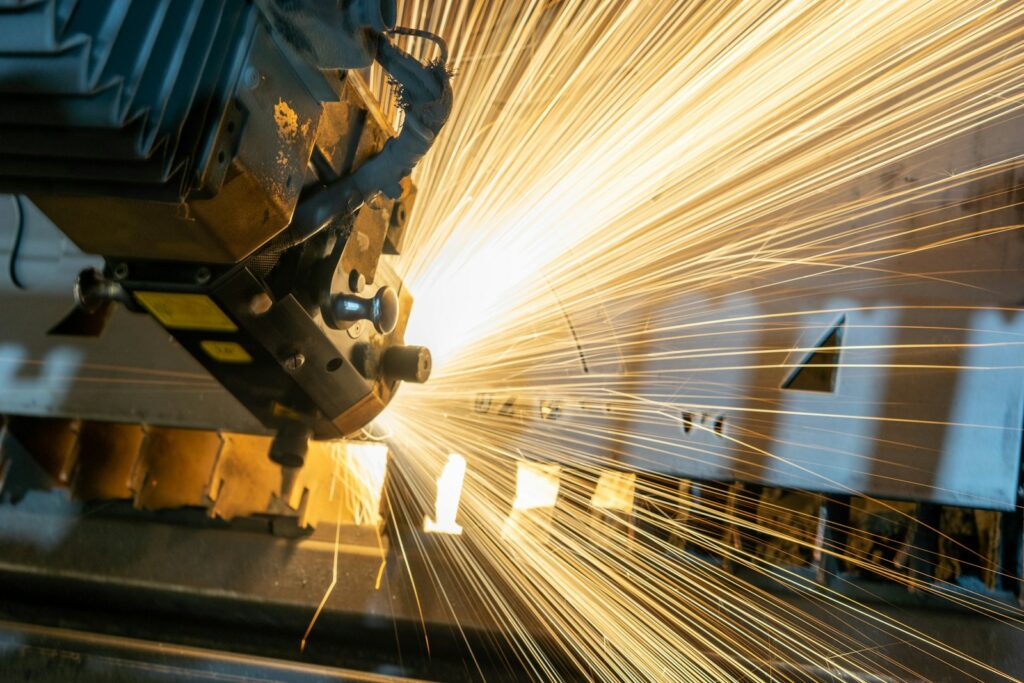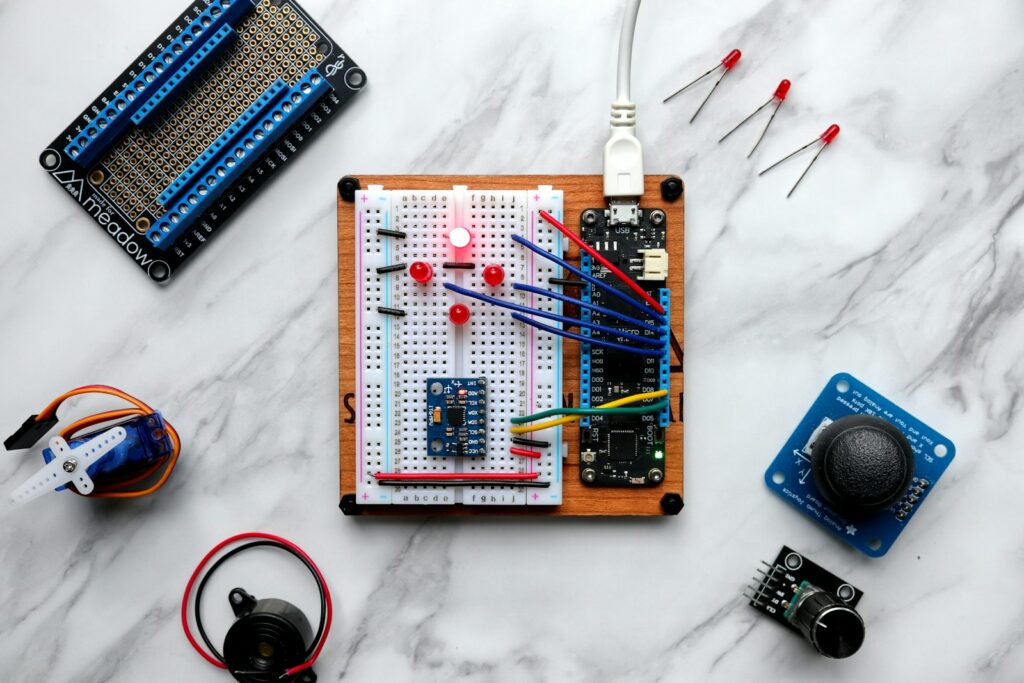Bern, Switzerland – 26th January 2024; The popular global leader in remote IT support TeamViewer has signalled its shift to augmented reality (AR) having struck a strategic partnership with AR startup Almer. This news comes hot on the heels of Apple’s entry into the AR market with the launch of their Vision Pro headset next month.
The Almer Arc headset enables collaboration with remote individuals as if they were physically present and augmentation of the wearer’s environment with relevant information for pointing out objects in reality. Almer is also announcing the launch of Arc 2, it’s latest headset which features a 25MP camera, beamforming microphones, built-in speakers, and a holographic see-through screen with 8-hours battery life.
As opposed to Apple’s Vision Pro, the Almer Arc 2 is a mere 138 grams, 4 times lighter. Thanks to the completely transparent display of the Arc 2, it can be employed in mission critical task and changing environment, while the Vision Pro is for a static interior environment.
This partnership will enable TeamViewer to expand into untapped opportunities with industrial companies. Meanwhile, Almer will be able to scale its operations and advance AR adoption.
Mei Dent, Chief Product & Technology Officer at TeamViewer: “Approximately 80 percent of the global workforce does not work at a desk but at a company’s frontline, and most of them currently benefit very little from digital transformation. There is immense potential for efficiency and productivity gains by enhancing the frontline work with digital tools and connecting this huge part of the global workforce to their companies’ backend system. Our joint offering with Almer allows companies to explore how Augmented Reality opens new opportunities for business and operations and massively increases the speed of their digitalization efforts.”
Almer was founded in 2021 by Sebastian Beetschen and Timon Binder. Sebastian was working on the Hololens 2 at Microsoft Research and felt the AR opportunity extended beyond clunky helmet-like apparatus. He felt he could make a more compact, comfortable, and affordable AR device and teamed up with Timon, a former jet fighter pilot, who recognized the potential. Timon brought his experience with AR jet fighter helmets that led to the creation of the Almer Arc headset.
Sebastian Beetschen, CEO and co-founder of Almer commented: “Our headset is much like a jet fighter visor, mounted directly in front of your eyes, featuring a transparent, see-through screen. The Almer Arc is a lightweight, compact, and easy-to-use AR headset. When a problem arises, the frontline worker takes the Almer Arc and contacts a remote expert, who can see and hear what the worker experiences. The expert identifies the issue, highlights objects, and displays documentation in the worker’s view, simulating a collaborative, in-person experience.”
Today, Almer has 21 customers, including Switzerland’s largest defense contractor, which uses the Almer Arc to service fighter jets remotely in the US, as well as several international machine manufacturers. Almer is venture backed startup having raised $7.6m to date from strategic investors including engineering giant Stena and manufacturing leaders Helbling among others. The Almer team consists of top talent from the fields of computer vision and microtechnology, from renowned Swiss institutes of technology, ETH and EPFL.

On the launch of Arc 2, Sebastian Beetschen commented: “We have learned a lot on how to make the headset super adaptable and users can set their preferences on how they wear it.
Something new entrants like Apple still have to learn. Not only this, Arc 2 comes with an improved wide angle 25MP camera that can see and understand everything that you see and zoom into tiny details as never before. This makes it possible to understand the environment and assist, enabling superhuman capabilities”.
The global augmented reality market* is projected to grow from $62.75 billion in 2023 to $1,1 trillion 2030, at a CAGR of 50.7%. Within this trend, the market for AR headsets is exponentially increasing over the next few years and is set to hit $120 billion in 2026. Initially, Almer is focusing on the Swiss industry and will soon expand into the neighboring DACH region before going global.
Sebastian Beetschen added: “The cost saving potential of using AR to service all installed machines for the 10 largest tooling-machine manufacturers in DACH alone accounts for £7.9 billion per year**. So, the opportunity is very real”.
If you found this article to be informative, you can explore more current metaverse news here, exclusives, interviews, and podcasts.



















